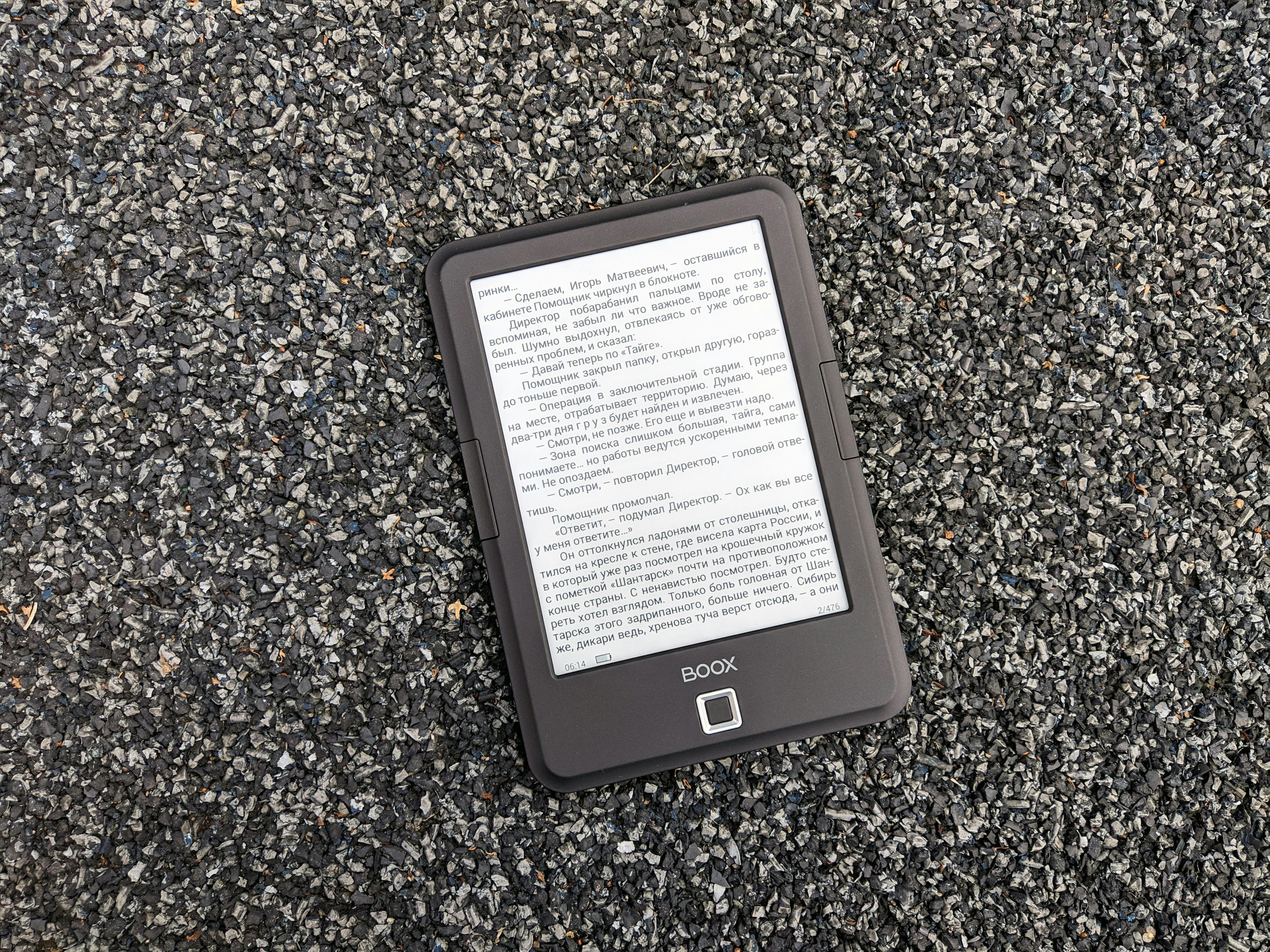The Intriguing Journey of E-Ink Technology: From Idea to Ubiquity
From the humble beginnings of the electronic paper to the sophistication of today's e-reader devices, the story of E-Ink technology is as captivating as the eBooks it displays. The genesis of E-Ink technology dates back to the 1970s at the Xerox Palo Alto Research Center (PARC), where researchers began exploring the concept of electronic paper. They envisioned a lightweight, energy-efficient display that could hold text and images indefinitely without drawing power.

The Birth of E-Ink
Electronic Ink technology, or E-Ink, was invented by a team of scientists at MIT Media Lab in the late 1990s. With the goal of creating a display that was as comfortable to read as traditional paper, they developed a technology that manipulated tiny ink particles using an electric field. This led to the creation of a low-power, highly readable display that was easier on the eyes than the backlit screens of laptops and desktop monitors.
Breakthrough and Adoption
The first significant commercial application of E-Ink technology was the Sony LIBRIé, an e-reader device released in Japan in 2004. However, it was the Amazon Kindle, launched in 2007, that truly brought E-Ink displays into the mainstream. The Kindle’s success was primarily due to its readability, long battery life, and the vast selection of eBooks available through Amazon’s store. Since then, E-Ink technology has become the standard for e-readers, with other popular devices like the Barnes & Noble Nook and the Kobo eReader also adopting the technology.
E-Ink in the Present Day
Fast forward to today, E-Ink technology has expanded beyond just e-readers. It’s now used in various devices such as smartwatches, mobile phones, and digital signage. One of the most recent developments in E-Ink technology is the advent of color E-Ink displays. These displays, known as E-Ink Kaleido, are capable of displaying over 4000 colors. They open up new possibilities for E-Ink devices, from comic books and magazines to more vibrant user interfaces.
The Impact and Future of E-Ink
The success of E-Ink technology has had a profound impact on the tech industry. For one, it has revolutionized the publishing industry by making it easier and more affordable to distribute books digitally. From an environmental perspective, E-Ink devices consume significantly less power than traditional LCD or OLED displays, making them a more sustainable option.
Looking forward, the possibilities for E-Ink are vast. As the technology continues to improve, we can expect to see more colorful, faster-refreshing displays that could further blur the line between physical paper and electronic display.
In conclusion, the story of E-Ink is a testament to the power of innovation and the endless possibilities within the tech world. It’s a technology that has truly changed the way we consume content, and it’s exciting to think about where it might take us in the future.




